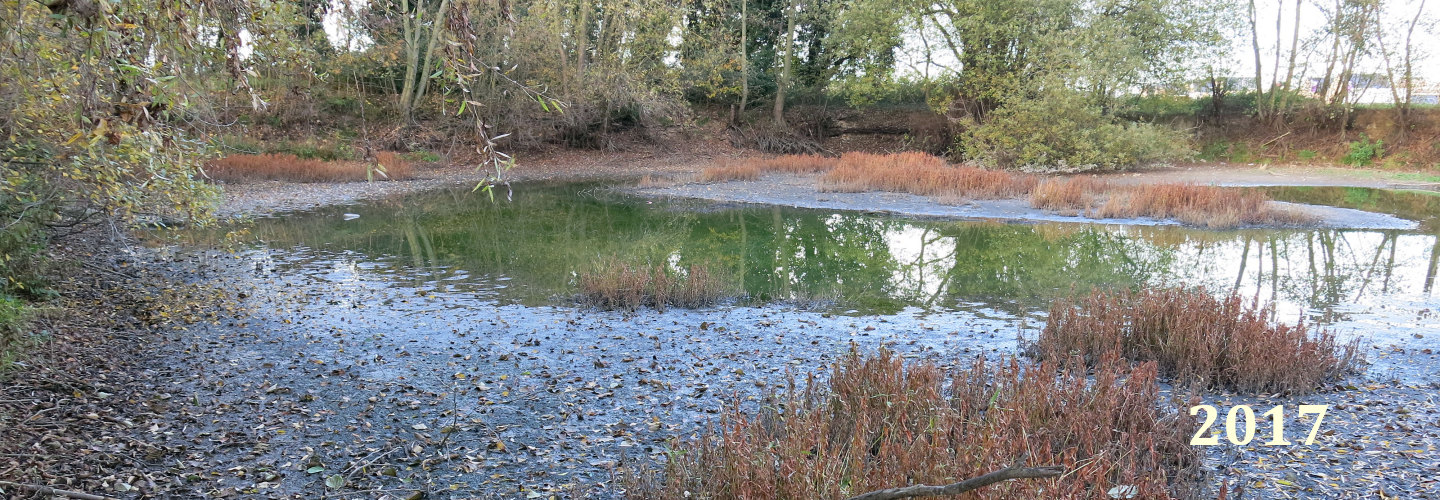You may be thinking why is someone from Swavesey speaking to us tonight? Well there are 2 main reasons. Firstly, in my capacity as a Parish Councillor for Swavesey. Swavesey faces a number of hydrology issues itself, which are directly related to the development of Northstowe. We are at increased risk of flooding, and our Uttons Drove Sewage works is to handle the sewage from Northstowe, the output of which already sometimes exceeds its quota. We have had Phosphate issues in the water course previously caused by the sewage works outlet. Swavesey and Longstanton’s hydrology is linked both above ground and below, with Swavesey drain beginning at Barhill, flowing through Longstanton, picking up a tributary which starts at Northstowe and flowing out to the Ouse via Swavesey. So Swavesey PC is supportive of the aims of LEGG in trying to bring SCDC to account in these issues. We are also trying to set up an inter-parish council group that will show support and help each other in this and any other future concerns where a larger, combined voice is needed. It is hoped that this group will also buy-in to a statement confirming its support for LEGG and the aims of the Fews Lane Consortium.
The second reason I am here is because I have a degree in Environmental Science, specialising in soils and hydrogeology. I am passionate about this cause and I hope I can be useful to LEGG in supporting their case. I have said before and will say again that I believe the aquifer depletion at Longstanton to be a very serious issue, and the potential impacts of this could be far reaching, making the hydrology issues of Swavesey look relatively minor. Of course dewatering (lowering the groundwater for construction) is a legitimate process, but it is supposed to be temporary. Aquifer depletion is not allowed. I am now going to take you through some of the impacts aquifer depletion can cause.
Firstly, clay shrinkage. A particularly poignant subject around here with our heavy clay subsoils, and an important consideration in the construction industry, footing specifications for dwellings around here are often very complex and big, to deal with clay shrinkage. As water is removed from the pore space of clay soils, it compacts, reducing its volume. Heave can occur when you try to reverse this problem, meaning a building goes through all the same structural and movement issues for a second time when you try to rectify the problem. Shrinkage can lead to permanent compaction through inelastic deformation. Likewise, removal of water, which can act as a structural element in geology may cause subsidence as pore space is no longer occupied by that water. There is a famous hydrogeology case study of this – the San Joaquin valley in California has suffered a 9 metre ground level drop – yes ground level, not water level – in the last 100 years due to over-abstraction for irrigation. This has been called “the largest single man-made alteration of earth’s topography”. Again, when pore space is vacated, the structural integrity of the subsoil/geology can be lost, leading to sinkholes, one of which we have already seen in Willingham recently.
The next problem is one Clive will certainly have noticed, and that is reduced borehole and aquifer specific yield. Not only does this reduce the amount of water you can pump from a well, but also how quickly. As the water table drops, a well takes longer to refill, as it is pulling the water in over a longer distance and a flatter groundwater curve. Many think of a water table as being flat, but it rises and falls with the topography, and when pumping from a borehole, there is drawdown all around the well, and water has to travel through the strata for it to be recharged. More power is also required to pump the same water up to the surface. Think of it as trying to suck water with your mouth out of a saturated sponge, compared to a half-dry sponge.
One of the most observable impacts with groundwater depletion is the drying up of surface water such as lakes, ponds and streams. This is one of the key reasons we are meeting tonight. Recharge of these water bodies stops, with a loss of ecology and habitats as a result. Flora has a reduced resilience and trees become weaker, often losing branches. One of the worst impacts of depletion is salt water intrusion. Not so likely to be an issue around here, although it is surprising how far inland this can reach. Removing water can cause a “vacuum” leading to something trying to fill its space. Near the coast, salt water may be drawn in, with obvious consequences for potable drinking supplies.
So there is an outline of the potential impacts of aquifer depletion, all of which are exacerbated by drought, which I would say we are in at the moment. In times of drought, more groundwater is required, placing further strain on the aquifer. So what can be done? Well, there are isotope or fluorescent dye tracers that can be used to determine the flow of groundwater, and we need to confirm that this method can be used in this scenario to prove groundwater is entering the amenity lakes at Northstowe. From observing the surrounding surface water interactions, I believe that groundwater, either intentionally or unintentionally is entering the lakes at Northstowe, to the detriment of Longstanton’s groundwater.
Jonny Kerley is a Swavesey Parish Councillor and qualified hydrogeologist.
